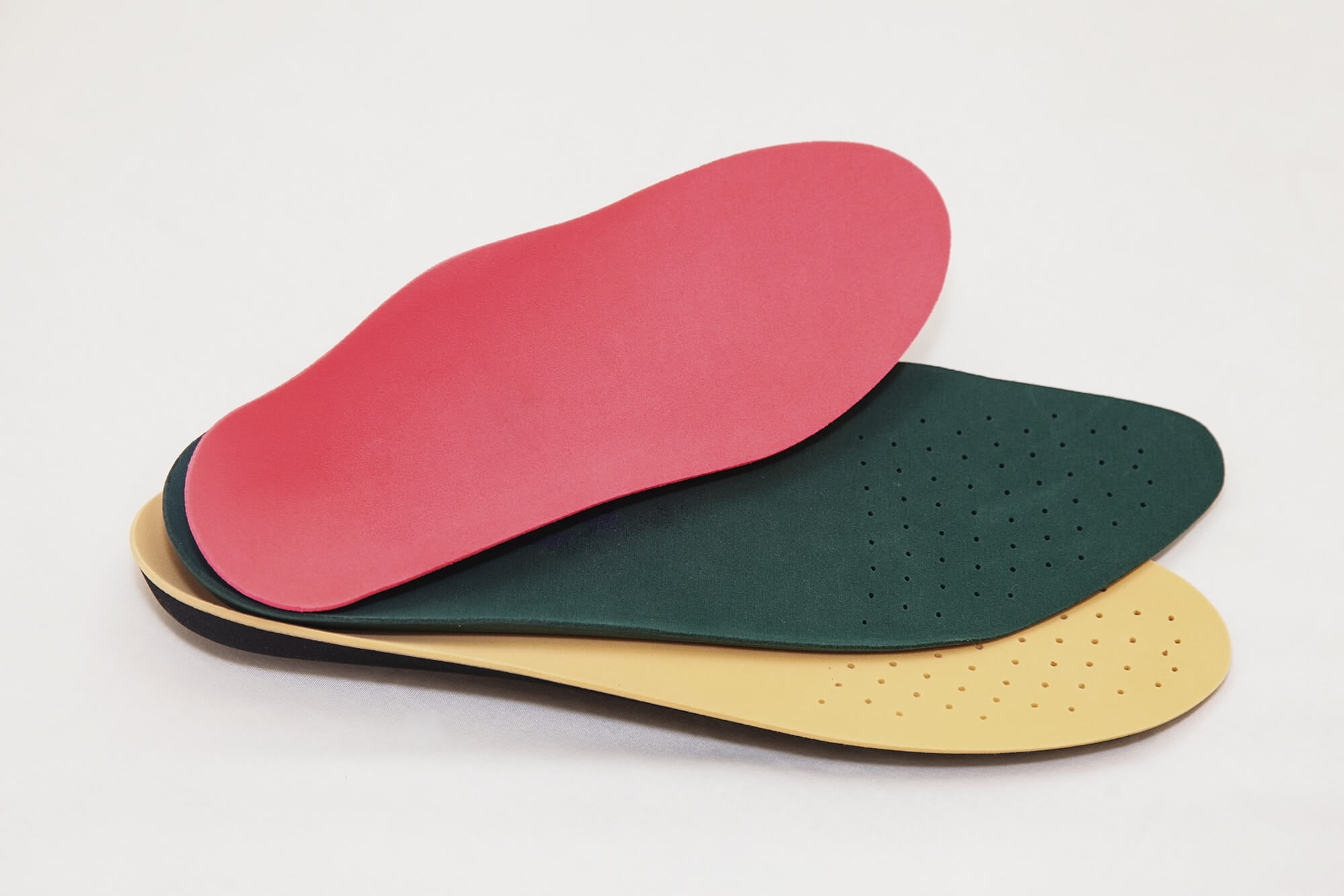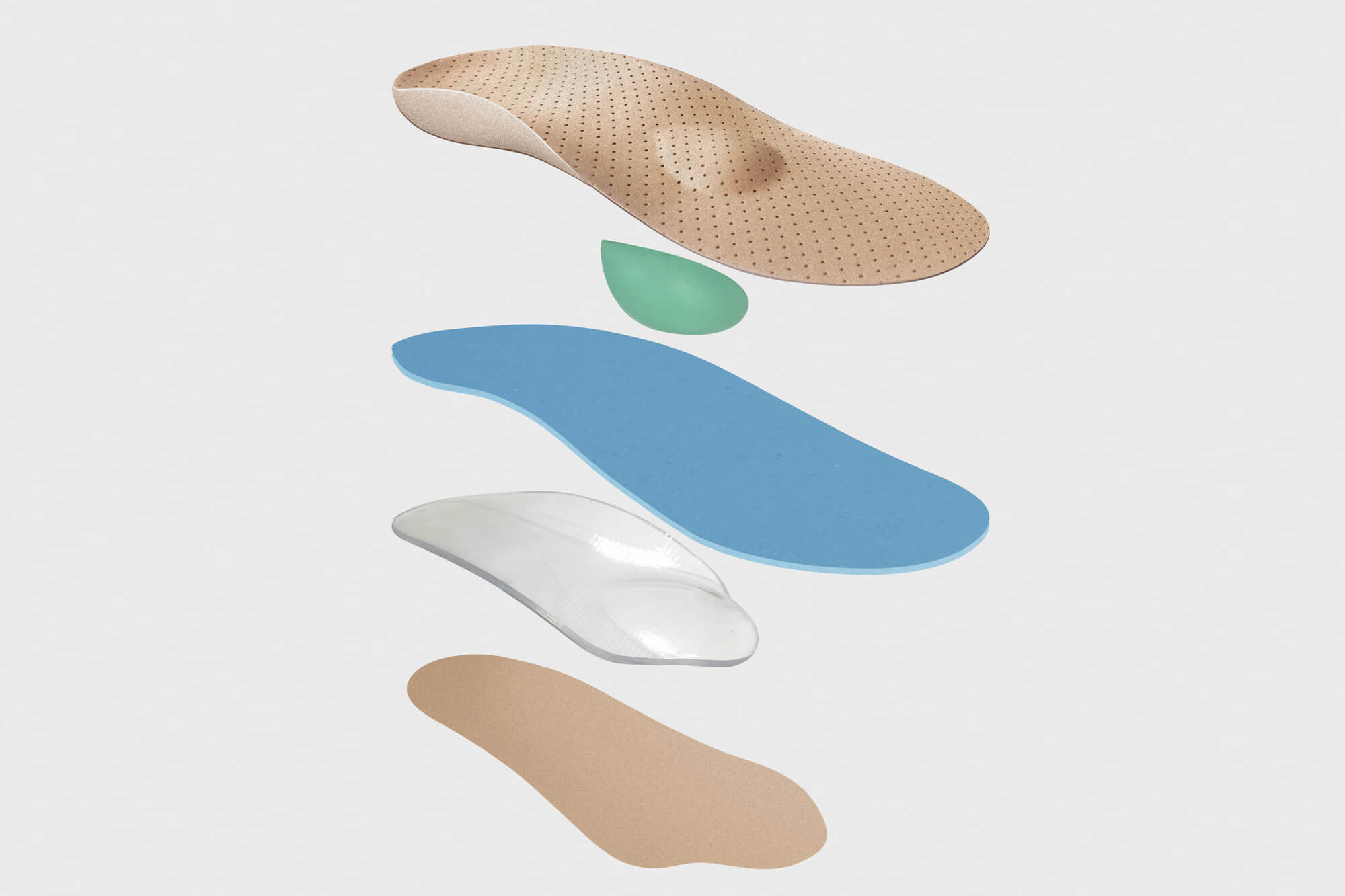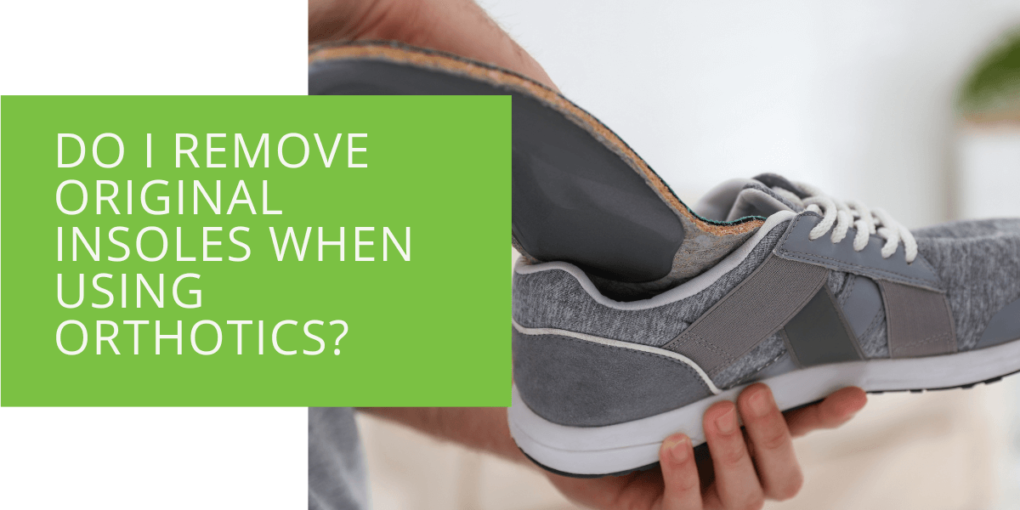Do I Remove Original Insoles When Using Orthotics?
When using orthotics, one common question arises: Should you remove the original insoles from your shoes? In this article, we'll explore the topic to help you make an informed decision about optimizing comfort and support for your feet.
Understanding Orthotics
Orthotics are custom inserts designed to provide support and address various foot conditions. They work by correcting biomechanical imbalances, relieving pain, and improving overall foot function. Whether you opt for custom orthotics or over-the-counter options, they can greatly benefit your foot health.
The Purpose of Original Insoles
Original insoles, often found in shoes, serve multiple purposes. They provide cushioning, arch support, and shock absorption. They are designed to work harmoniously with the shoe's structure to ensure comfort and proper fit. Understanding their role is crucial when considering the use of orthotics.
Compatibility of Orthotics and Original Insoles
Many individuals wonder if orthotics and original insoles can coexist. In some cases, removing the original insoles may be necessary to accommodate orthotics effectively. The thickness of the orthotics can impact the fit, and it's essential to find the right balance for optimal comfort and support.

Factors to Consider When Using Orthotics and Original Insoles
Footwear Design
Different shoe designs can impact the compatibility of orthotics and original insoles. It's important to consider the type of shoes you wear and whether the insoles are removable. For example:
- Dress Shoes: Dress shoes often have non-removable insoles. In such cases, removing the original insoles becomes necessary to accommodate orthotics effectively. Look for dress shoes with removable footbeds or those specifically designed to accommodate orthotics.
- Athletic Shoes: Many athletic shoes come with removable insoles, making them more compatible with orthotics. However, some athletic shoes have built-in cushioning and support that may interfere with the fit of orthotics. Removing the original insoles and replacing them with orthotics for optimal comfort and support is advisable.
Fit and Comfort
Achieving a proper fit is crucial when using orthotics. Here are some considerations regarding fit and comfort:
- Shoe Size: It's essential to find the right shoe size when using orthotics. Removing your original insoles may create more space inside the shoe if your original insoles are thick. In such cases, you may need to go up a half or full shoe size to comfortably accommodate both the orthotics and your feet.
- Adjustment: Once you insert the orthotics into your footwear, ensure they sit comfortably and securely. Orthotics may require some initial adjustment to align properly with your arches and provide optimal support. Make sure the orthotics are positioned correctly before wearing the shoes.
- Trimming: Certain orthotics, particularly over-the-counter options, may come in a larger size that needs to be trimmed to fit your specific shoe size. Follow the manufacturer's instructions or consult with a professional to ensure accurate trimming for a proper fit.

Seeking Professional Advice
Consulting with a podiatrist or healthcare professional is highly recommended when considering orthotics. They can provide personalized advice based on your specific foot conditions and help you make informed decisions. Some aspects to consider include:
- Custom Orthotics: In cases where you have specific foot conditions, such as flat feet, high arches, or chronic foot pain, custom orthotics may be recommended. A podiatrist can assess your foot mechanics and design custom orthotics tailored to your needs, ensuring the best foot care and support possible.
- Existing Insoles: If you have existing orthotics or customized insoles, a professional can assess whether the original insoles should be removed to accommodate them properly. They will consider factors such as the thickness of the orthotics and the shoe's overall fit.
- Professional Assessments: Podiatrists have expertise in foot biomechanics and can evaluate your gait, foot structure, and specific conditions. They can provide valuable insights into how orthotics and original insoles work together effectively, ensuring optimal comfort, support, and pain relief.
By considering these factors and seeking professional guidance, you can make informed decisions about whether to remove original insoles when using orthotics. Remember, personalized advice from a podiatrist or healthcare professional can greatly benefit your foot health and overall well-being.
Proper Usage and Maintenance
Once you've decided to use orthotics and removed the original insoles, follow these guidelines:
- Insert the orthotics into your footwear properly, ensuring they sit comfortably.
- Take care of both orthotics and original insoles to maintain their durability.
- Practice regular foot hygiene and cleanliness to promote overall foot health.
Conclusion
Balancing orthotics and original insoles is key to achieving optimal foot comfort and support. By considering factors such as footwear design and fit and seeking professional advice, you can make an informed decision. Prioritize your foot care and explore the benefits of using orthotics in improving your overall well-being.
Consult with a podiatrist or healthcare professional for personalized foot care and custom orthotics. They can guide you in finding the best solutions for your specific needs.

